For every ADF recruit, there was a precise moment when they ceased to be a civilian and became a member of that proud organisation.
It’s when they raised their right hand and recited, ‘I, (name), swear that I will well and truly serve Her Majesty, Queen Elizabeth the Second, Her Heirs and Successors according to law, as a member of the (insert Royal Australian Navy, Australian Army, or Royal Australian Air Force ) … and that I will resist her enemies and faithfully discharge my duty according to law. SO HELP ME GOD!’
The Queen is dead. Long live the King!
Already the oath has been altered to insert ‘His Majesty King Charles the Third, His Heirs and Successors according to law’.
Regal symbolism plays a pervading role in military life, from the ‘Royal’ prefix granted to some organisational titles, the use of such symbols as the Royal Cipher and King Edward’s crown on badges and other military heraldry, and the appointment of royal personages as symbolic colonels commandant.
Her Majesty is the unseen guest at regimental dinners when her health is toasted at the conclusion, in pre-PC days after the port was passed (but before cigars were served) with the traditional, ‘The Queen!’ to which all respond, ‘God bless her!’
While Trooping the Colours each year on the Queen’s official birthday, Duntroon cadets give, ‘Three rousing cheers to her most gracious Majesty, Queen Elizabeth the Second!’
Naval officers observe the long tradition of toasting the monarch while still seated.
These traditions and symbols are shared across the Commonwealth and all Her Majesty’s realms, a common bond of service and, when asked, sacrifice.
They also confer a special privilege to service members, to meet the Queen and others when they visit units with royal connections, usually to participate in some significant moment in its continuing history.
Thus many Australians have a story of their personal experience with the Queen, often closer than the general public could experience.
One such was the presentation of new Colours to the Royal Military College, Duntroon in April 1970.
It was an event that required intense preparation and rehearsal over some months until the cadets’ parade drill performance excelled that of the Household Division.
The Queen had performed this ceremony many times before, while almost all the RMC participants had never done it before.
The reward for the cadets was not just new Colours, but at Her Majesty’s request, a private audience with the cadets only in a secluded area of historic Duntroon House’s gardens.
In perspective, the cadets were same age as her eldest children, she had served in the British Army Auxiliary in second world war when she had been the same age, in her late teens.
She was relaxed, empathetic and, by any definition, outrageous fun while out of sight of the fawning sycophancy of the senior staff and Canberra bureaucrats.
The Duke, with his robust naval sense of humour, was free to chat openly without the critical oversight of long-faced republicans and even then, the easily offended social autocrats who infested Canberra.
Some academics would have been surprised if not mortally offended by his dismissive view of them, shared by cadets studying in a university environment.
As they strolled separately among the cadets, formed up in a square, they engaged with as many cadets as they could.
‘And where do you come from?’ Her Majesty asked the Staff Cadet, whose parents happened to live in nearby Campbell.
‘Just over that hill there, Ma’am,’ he responded.
‘Oh,’ said Her Majesty, ‘You must get home quite often then?’
‘Yes, but please don’t tell anyone,’ he responded, given cadets were allowed very limited leave.
The Queen got it immediately, laughing and saying, ‘Oh don’t worry. I promise I won’t say anything.’
Over the following years, many of the cadets had more professional relationships with the Queen, as commanding officers in units she visited and as royal equerries.
One was performing that role during Keating’s disastrous faux pas, and may have been tempted to rise to defend her honour.
Her Majesty would possibly have been quite amused, God bless her!
Got something to add? Join the discussion and comment below.
Get 10 issues for just $10
Subscribe to The Spectator Australia today for the next 10 magazine issues, plus full online access, for just $10.

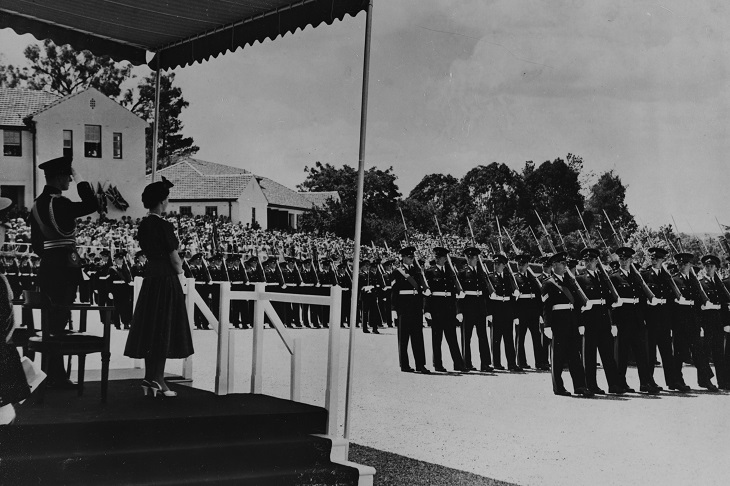
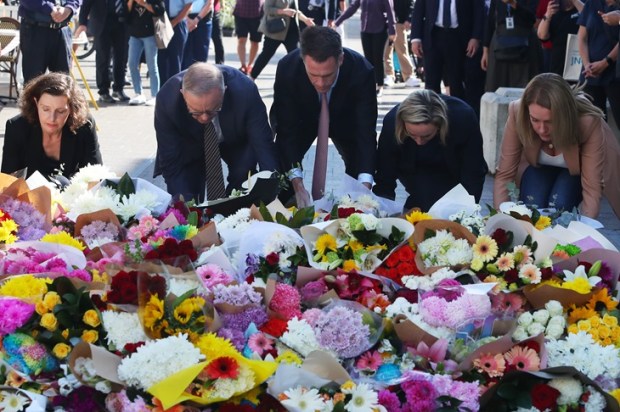
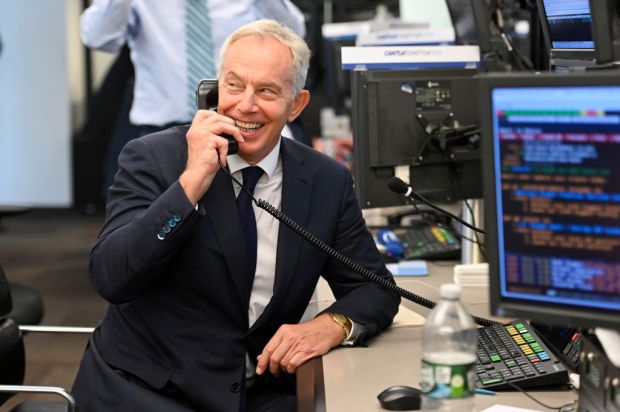
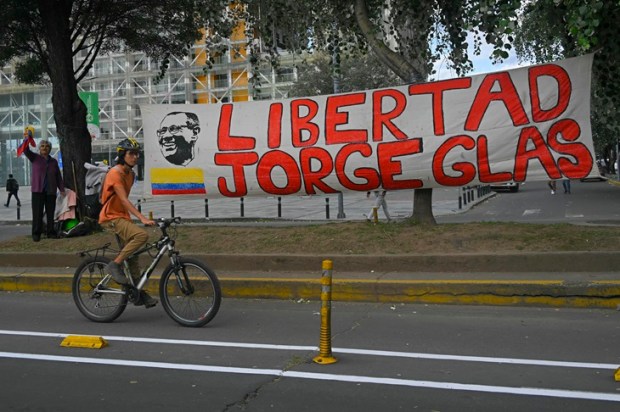
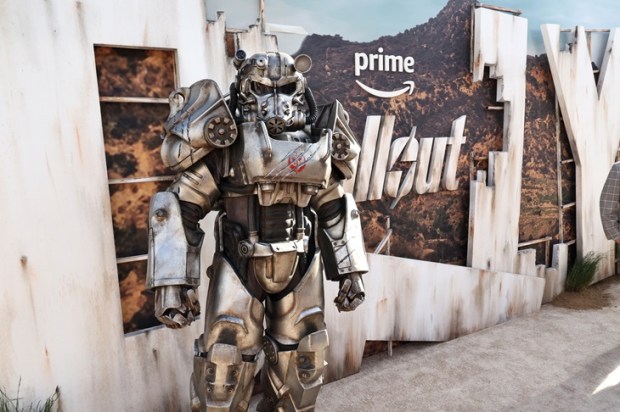
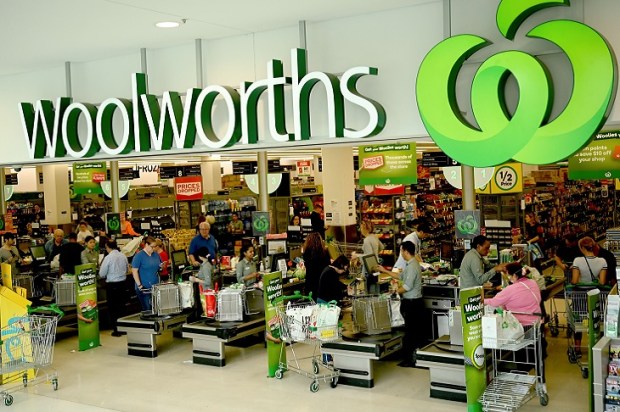



















Comments
Don't miss out
Join the conversation with other Spectator Australia readers. Subscribe to leave a comment.
SUBSCRIBEAlready a subscriber? Log in